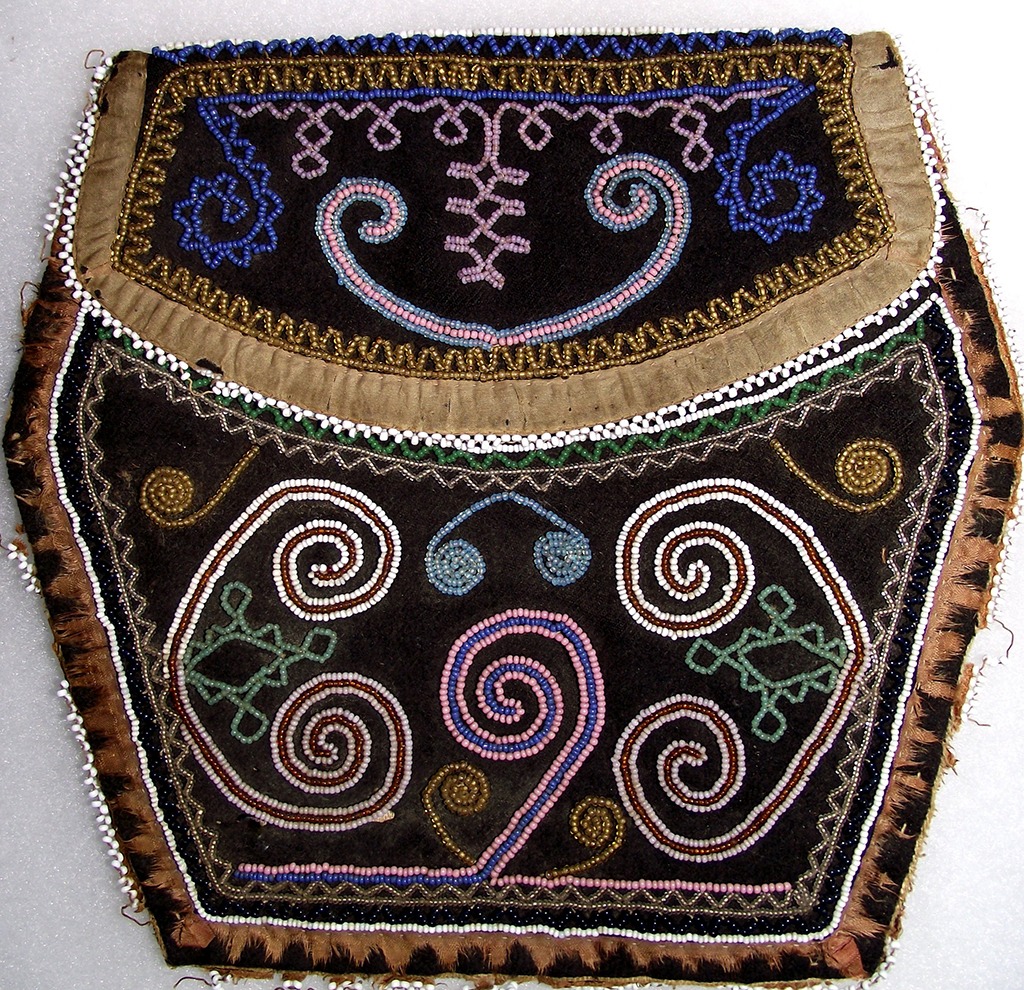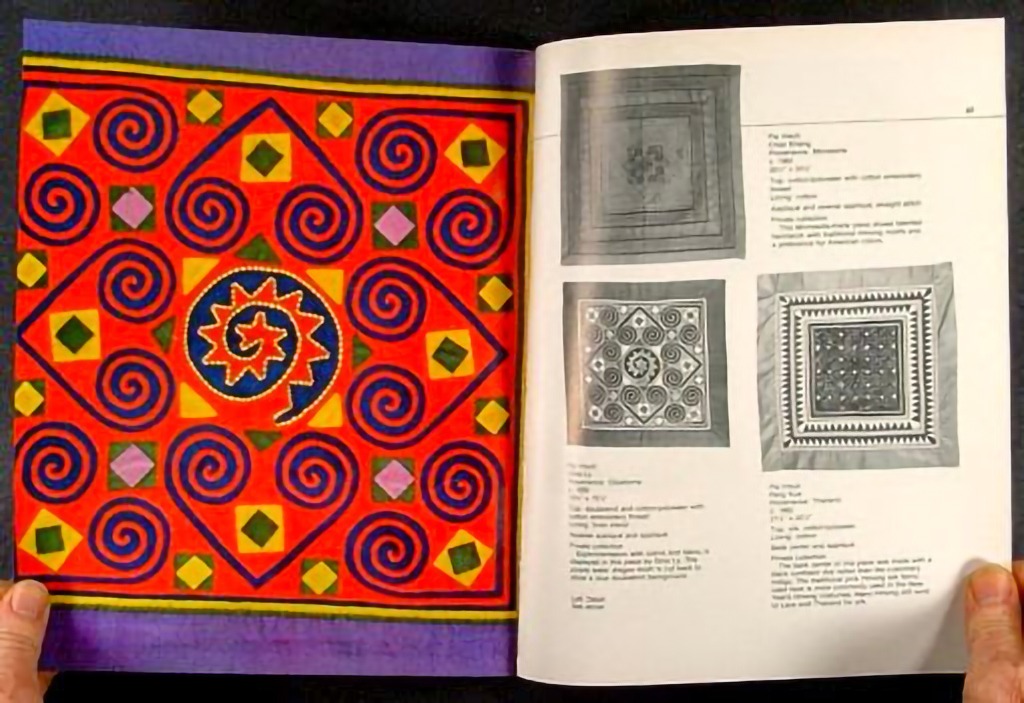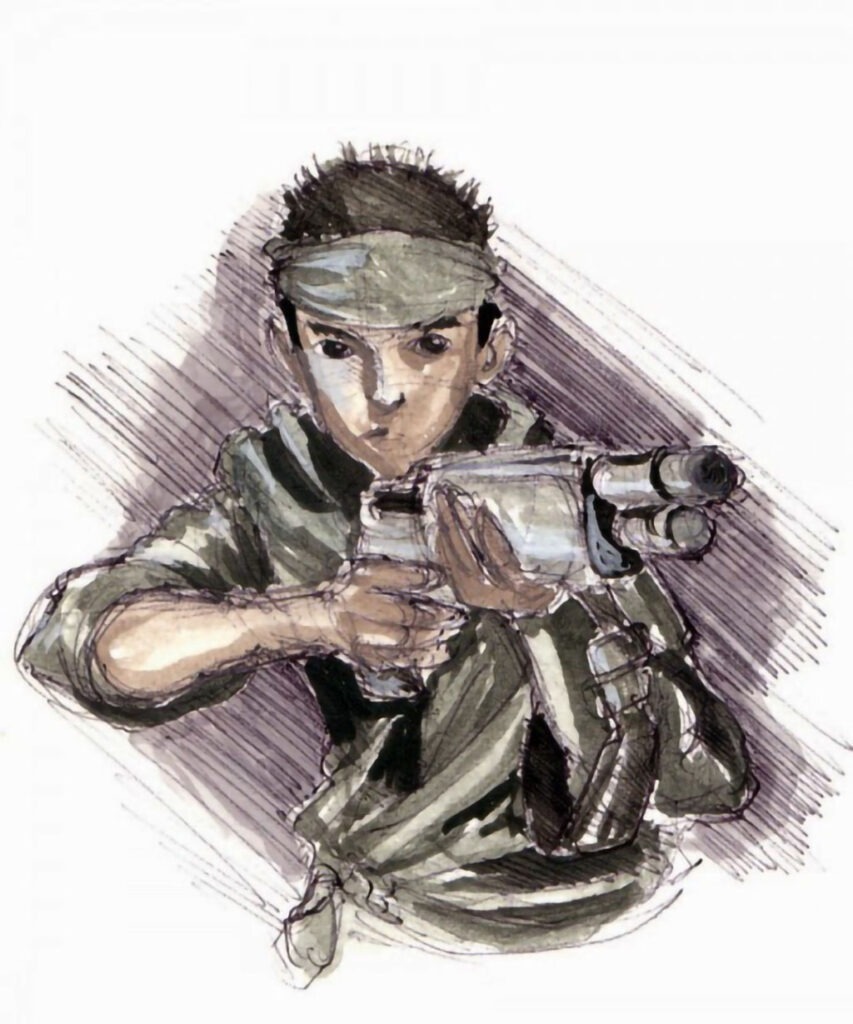
Iroquois And Hmong: Swirl Heart Shaped Designs and Spiral Dragon Tails
Exploring Iroquois and Hmong Swirl Designs: Shared Symbolism Across Cultures
Discover the fascinating similarities between Iroquois and Hmong cultural art, focusing on the shared use of swirl heart-shaped designs and spiral dragon tails.


Iroquois and Hmong Swirl Heart Designs and Spiral Dragon Tails
Cultural art often reveals intriguing connections between seemingly unrelated traditions. Among these, the Iroquois and Hmong share a surprising artistic motif: swirl heart-shaped designs and spiral dragon tails. These symbols, prevalent in their respective art forms, reflect profound cultural significance and perhaps a shared understanding of nature and spirituality.
Iroquois
The Iroquois people, indigenous to North America, have a rich artistic tradition. Their swirl heart designs often symbolize unity, balance, and connection to nature. These motifs can be seen in various forms of art, from beadwork to pottery. For more on Iroquois symbolism, visit www.kmglennon-northamericanindianart.com.
Hmong
The Hmong, an ethnic group from Southeast Asia, similarly use spiral and swirl designs, often integrating dragon motifs. These designs, rich in symbolism, represent harmony, spiritual energy, and a connection to their animist beliefs. The spiral dragon tail, a recurring theme, embodies strength and continuity. Explore more at www.joslinhall.com.
A Shared Symbolism?
While the Iroquois and Hmong are separated by geography and history, their shared use of swirl and spiral motifs suggests universal themes in art. These designs might represent similar spiritual or cultural values, offering a glimpse into humanity’s interconnectedness.
Dive deeper into these connections and celebrate the beauty of cultural art that transcends boundaries.





That’s pretty cool!